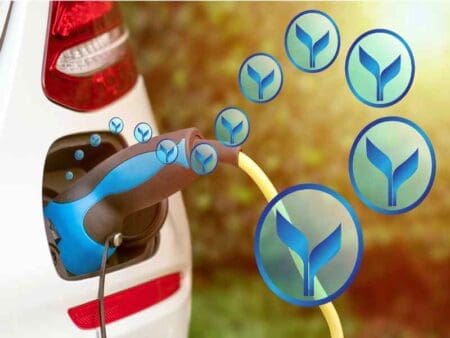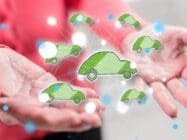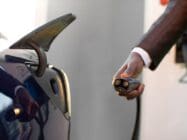
Managed electric vehicle (EV) charging programmes have increased in number and project size over the past five years in the US, and are now used as an important aspect in preparing for EV deployment, according to a new study released by Smart Electric Power Alliance (SEPA).
In its report, State of Managed Charging in 2021, SEPA found an increase in utility companies expanding managed EV charging services such as demand response and Time of Use pricing from pilots to full-scale rollouts.
The study found an increase in utility-managed EV charging programmes from 26 in 2019 to 71 in 2021.
Trends including the continued growth of vendors in networked Level 2 and DC fast chargers segments, increased interoperability, and the emergence of Charging-as-a-Service business models highlight a rise in the use of managed EV charging, according to the study.
The need to avoid energy distribution upgrade bottlenecks and to mitigate unnecessary stresses on and costs to the power grid is driving the increase in the use of managed EV charging, says SEPA.
The report states that by adopting managed EV charging, utilities are able to achieve decarbonisation goals, improve customer services and enhance network management.
Have you read?
COP26: Electric vehicle support for developing countries
Canada’s Hydro One pilots Vehicle-to-Home concept for grid reliability
Key findings of the study include:
- Utilities are becoming more comfortable with managed EV charging technologies and concepts, and are now focused on how to increase customer participation.
- Telematics has emerged as an integrated offering beyond pilot-scale.
- Early observations from the COVID pandemic has shown that customer charging is more evenly distributed throughout the afternoon, extending the peak from 5-11pm.
- Capabilities among NSP and EVSE vendors are expanding to offer managed charging services to fleets.
- Vehicle-to-grid (V2G) is experiencing increased interest and capabilities: 25% of surveyed utilities are currently piloting or planning V2G programmes.
Garrett Fitzgerald, senior director, electrification at SEPA, said: “Most US drivers have not yet adopted a default charging behavior – because they don’t yet own an EV.
“This presents a massive opportunity for utilities to influence customer charging habits in a way that maximizes benefit to the power sector without compromising driver convenience. The shift from passive to active managed charging, alongside the pairing of networked chargers with vehicle telematics-based programmes is one step closer to a vehicle-to-grid future.”
Joseph Vellone, head of North America at ev.energy, added: “This report highlights some impressive results from innovative EV charging programmes across the US, including reliable demand-side management through >80% customer retention, customer energy-bill savings of $200/year, and utilization of 70% lower-carbon electricity to charge.”
To be able to expand the managed EV charging concept, SEPA urges utilities to:
- Structure programmes such that the default behavior benefits both the customer and the grid.
- Implement managed charging programmes to allow participation via OEM telematics and networked chargers.
- Include customer education in the marketing and recruitment phases of the project, and provide technical education after enrollment.
- Leverage dealerships, in-app messaging, and traditional marketing to educate and inform customers who are not currently EV owners.
Find out more about the report.








